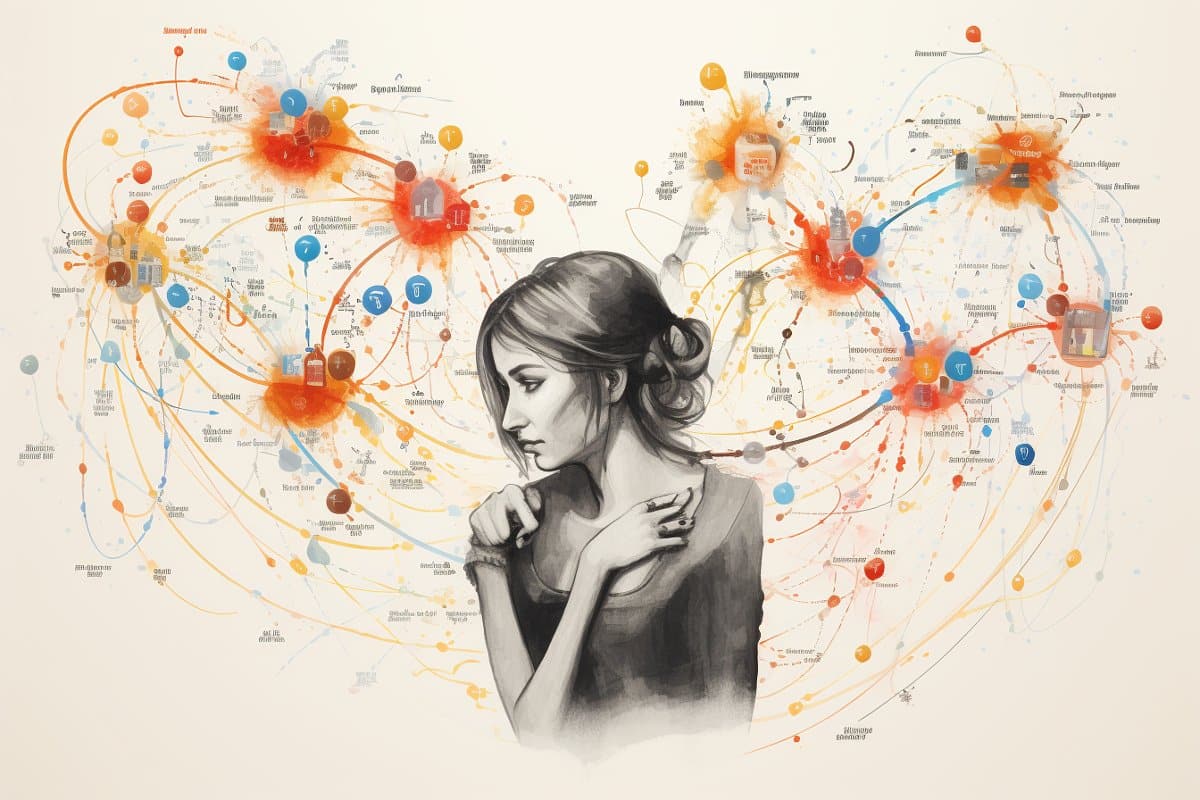
Music is one of the most universal forms of expression, transcending cultural, linguistic, and geographical boundaries. Whether it’s the hum of a popular tune, the emotional swell of a symphony, or the heartbeat rhythm of a drum, music has an innate ability to connect people and stir emotions. It is a powerful art form that can evoke joy, sadness, excitement, or introspection, often acting as a reflection of society, a form of therapy, or simply a source of entertainment.
The Essence of Music
At its core, music is sound organized in time. This simple definition hides the vast complexity and diversity of the art form, which spans genres, instruments, and traditions. From classical compositions to modern pop hits, music communicates through melody, rhythm, and harmony, blending technical precision with creative expression. It can be composed, improvised, or even created using digital technology, giving artists an endless range of tools to craft their vision.
What makes music so remarkable is its capacity to communicate without words. A song’s melody can evoke feelings of nostalgia, excitement, or longing, even without lyrics. Similarly, rhythm and tempo can drive movement, energize a crowd, or soothe the soul. This emotional power is what makes music a unique language that everyone, regardless of background, can understand.
The Different Forms of Music
1. Classical Music
Classical music refers to a broad tradition of music that spans centuries, from the baroque period to contemporary compositions. Orchestras, chamber ensembles, and solo performances showcase the complexity and grandeur of classical works. Composers like Johann Sebastian Bach, Ludwig van Beethoven, and Wolfgang Amadeus Mozart have left behind legacies that continue to influence modern music.
Classical music is characterized by its use of orchestral arrangements, formal structure, and harmony. It often tells stories or conveys deep emotion, whether through the intensity of a symphony or the elegance of a piano sonata. The beauty of classical music lies in its intricate compositions, which often require years of study and practice to master.
2. Pop Music
Pop music is the genre of the moment—catchy, accessible, and designed to appeal to a wide audience. Characterized by repetitive structures, strong melodies, and memorable hooks, pop songs are built to be sung along to, creating a sense of shared experience. Iconic pop stars like Michael Jackson, Madonna, and Beyoncé have shaped the sound and culture of pop music, making it an ever-evolving force in entertainment.
Pop music is also known for its adaptability, often incorporating elements from other genres like rock, R&B, or electronic dance music (EDM) to stay fresh and relevant. With its emphasis on accessibility and wide appeal, pop music has become a dominant force in the global music industry.
3. Rock Music
Rock music emerged in the mid-20th century, drawing from rhythm and blues, country, and jazz influences. It’s a genre that often focuses on live performance, electric guitars, and a rebellious spirit. Bands like The Beatles, The Rolling Stones, and Queen are among the most iconic acts in rock history, having shaped not only the sound but the culture surrounding music.
Rock is diverse in itself, ranging from hard rock with its powerful guitars and energetic performances to softer acoustic rock that explores introspective and emotional themes. The genre is known for its broad sub-genres, such as punk rock, indie rock, and alternative rock, each contributing to rock’s ever-changing landscape.
4. Jazz
Jazz is a uniquely American art form that blends African rhythms, blues, and European musical traditions. It is known for its improvisational nature, with musicians often creating music spontaneously during live performances. Jazz legends such as Louis Armstrong, Miles Davis, and John Coltrane revolutionized the genre, pushing boundaries and experimenting with new forms of expression.
The beauty of jazz lies in its freedom. Musicians engage in complex improvisation, blending different time signatures, scales, and harmonies to create unique performances every time. The syncopated rhythms and improvisational solos give jazz its distinct sound, making it a genre of infinite exploration and innovation.
5. Hip-Hop
Hip-hop music emerged from the streets of New York City in the late 1970s and has since become one of the most influential genres in the world. It’s a genre rooted in rhythm, rhyme, and storytelling, with an emphasis on lyrical content. Early pioneers like Grandmaster Flash and The Sugarhill Gang laid the foundation, but artists like Tupac Shakur, The Notorious B.I.G., and Kendrick Lamar have shaped its legacy.
At the heart of hip-hop is its ability to speak to social issues, with lyrics often addressing themes such as identity, inequality, and personal struggle. The genre also incorporates turntablism, beatmaking, and sampling, allowing producers to create unique and layered soundscapes that complement the vocal performances.
6. Electronic Dance Music (EDM)
Electronic Dance Music, or EDM, is a genre that utilizes electronic instruments and technology to create beats, synths, and melodies designed for dancing. It’s the genre of choice for clubs, music festivals, and parties, with artists like Calvin Harris, David Guetta, and Avicii dominating the scene.
EDM is built around rhythmic patterns, drops, and build-ups, creating an exhilarating atmosphere for listeners. DJs and producers create tracks that encourage movement and energy, often incorporating elements from pop, techno, and trance to create their signature sound. The genre is continuously evolving, incorporating new technologies and sub-genres to keep the music fresh and exciting.
The Cultural Impact of Music
Music has always been an important cultural force, influencing society in countless ways. It acts as a reflection of the times, providing commentary on politics, social movements, and personal experiences. For instance, protest songs from the 1960s, like Bob Dylan’s Blowin’ in the Wind, became anthems for the civil rights movement, while more recent tracks like This Is America by Childish Gambino reflect on issues of race and violence in America.
Beyond its social and political influence, music plays an integral role in shaping cultural identity. Whether through national anthems or folk songs passed down through generations, music helps define communities and preserve traditions. It’s also a powerful force in personal expression, with individuals often turning to certain genres or songs to connect with their emotions or tell their own stories.
The Future of Music
The future of music is ever-changing, driven by technological advancements and shifting cultural trends. With the rise of streaming platforms like Spotify and Apple Music, access to music has never been easier, allowing listeners to explore global sounds and discover new artists. In addition, advancements in artificial intelligence are beginning to play a role in music creation, with AI tools that can compose songs and assist artists in their creative process.
The digital age has also brought about a revolution in music production, enabling independent artists to produce and distribute music from their own homes. As technology continues to evolve, music will undoubtedly become even more interconnected, interactive, and accessible, allowing for new ways to experience and create music.
Conclusion
Music is an art form like no other, with the power to connect, inspire, and express the full range of human experience. From the ancient rhythms of tribal drums to the latest chart-topping hits, music continues to evolve, influencing culture and society along the way. Whether you’re enjoying a quiet moment with classical pieces, losing yourself in the beat of EDM, or reflecting on life through the lyrics of a ballad, music remains a vital force in our lives—one that speaks directly to the soul.
